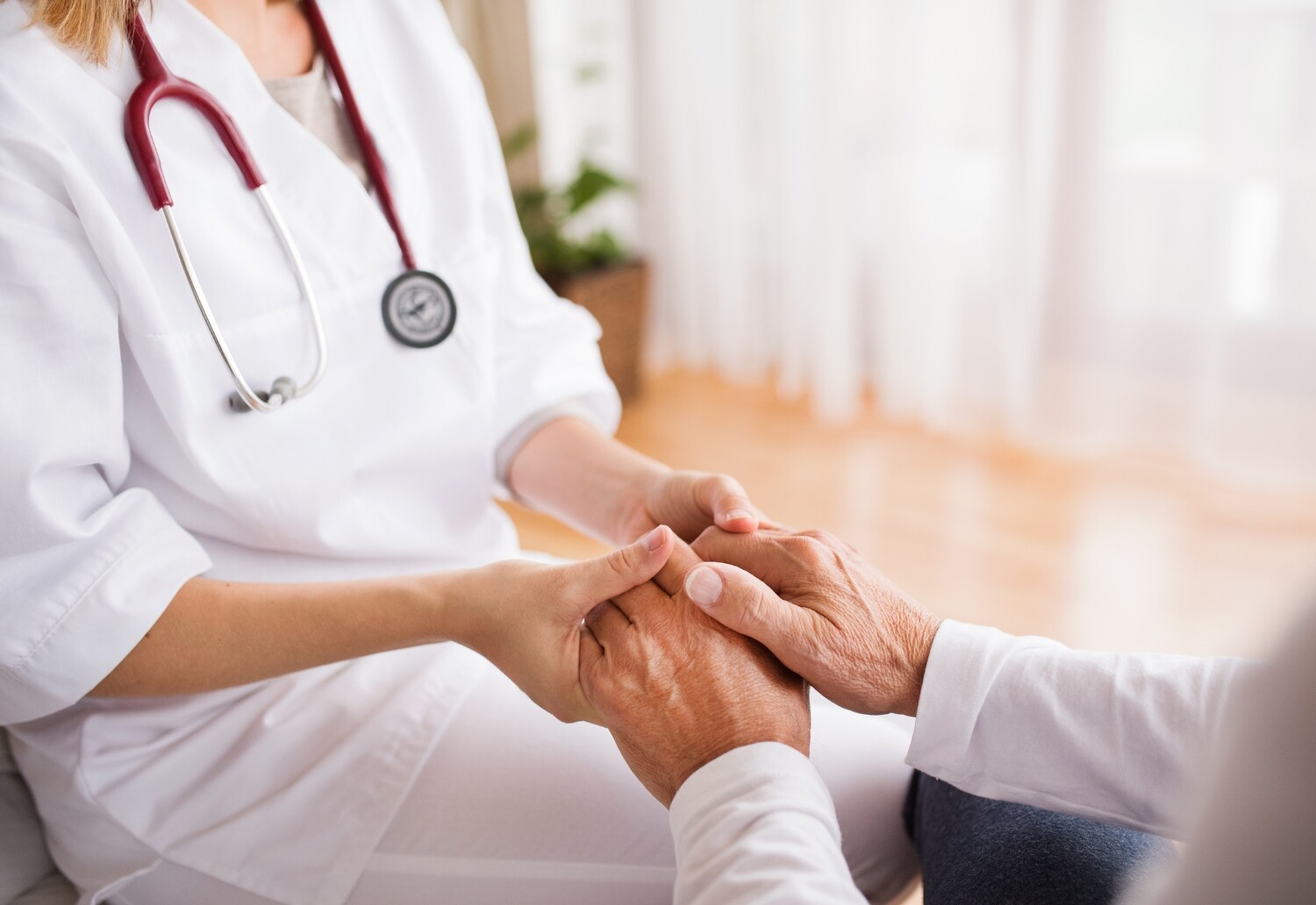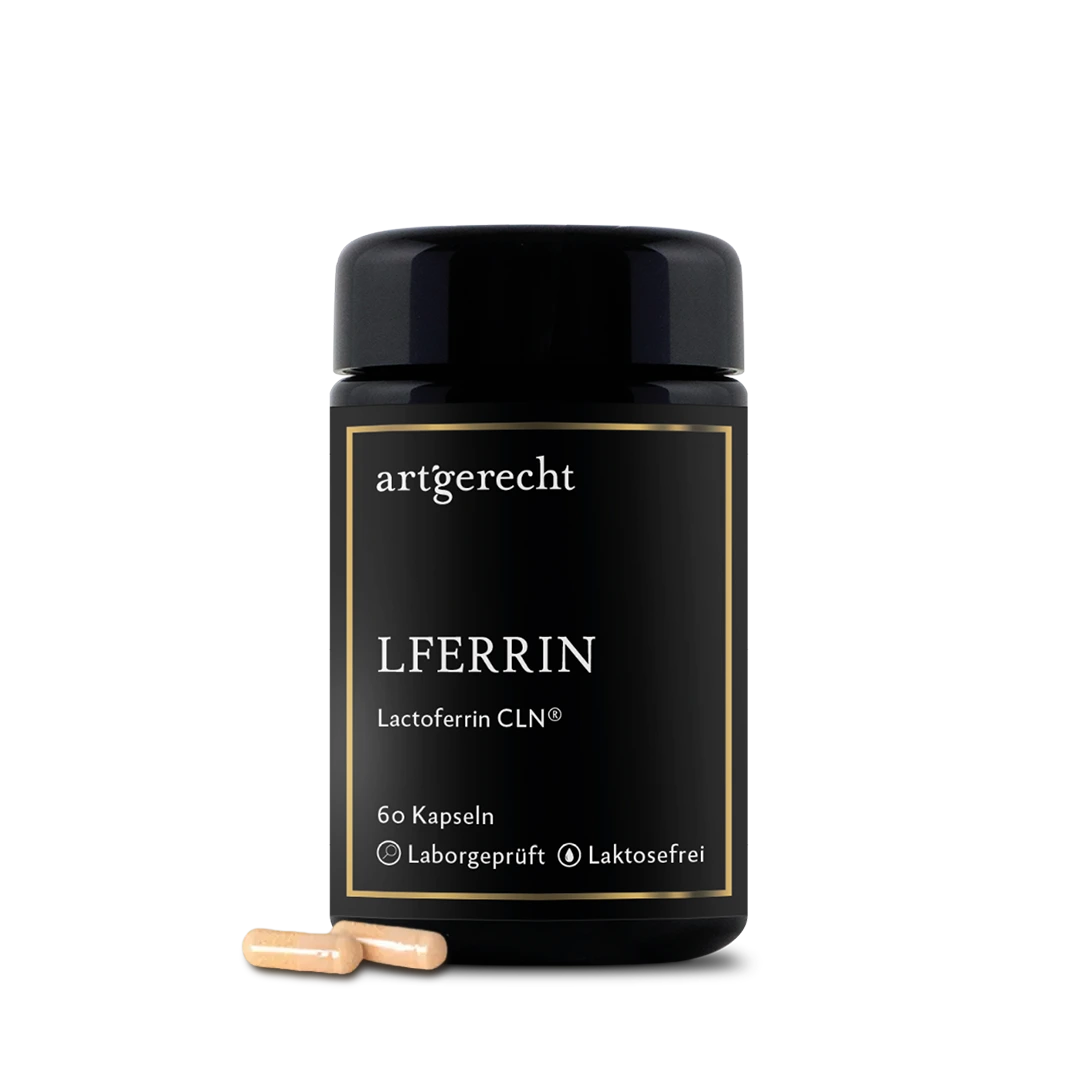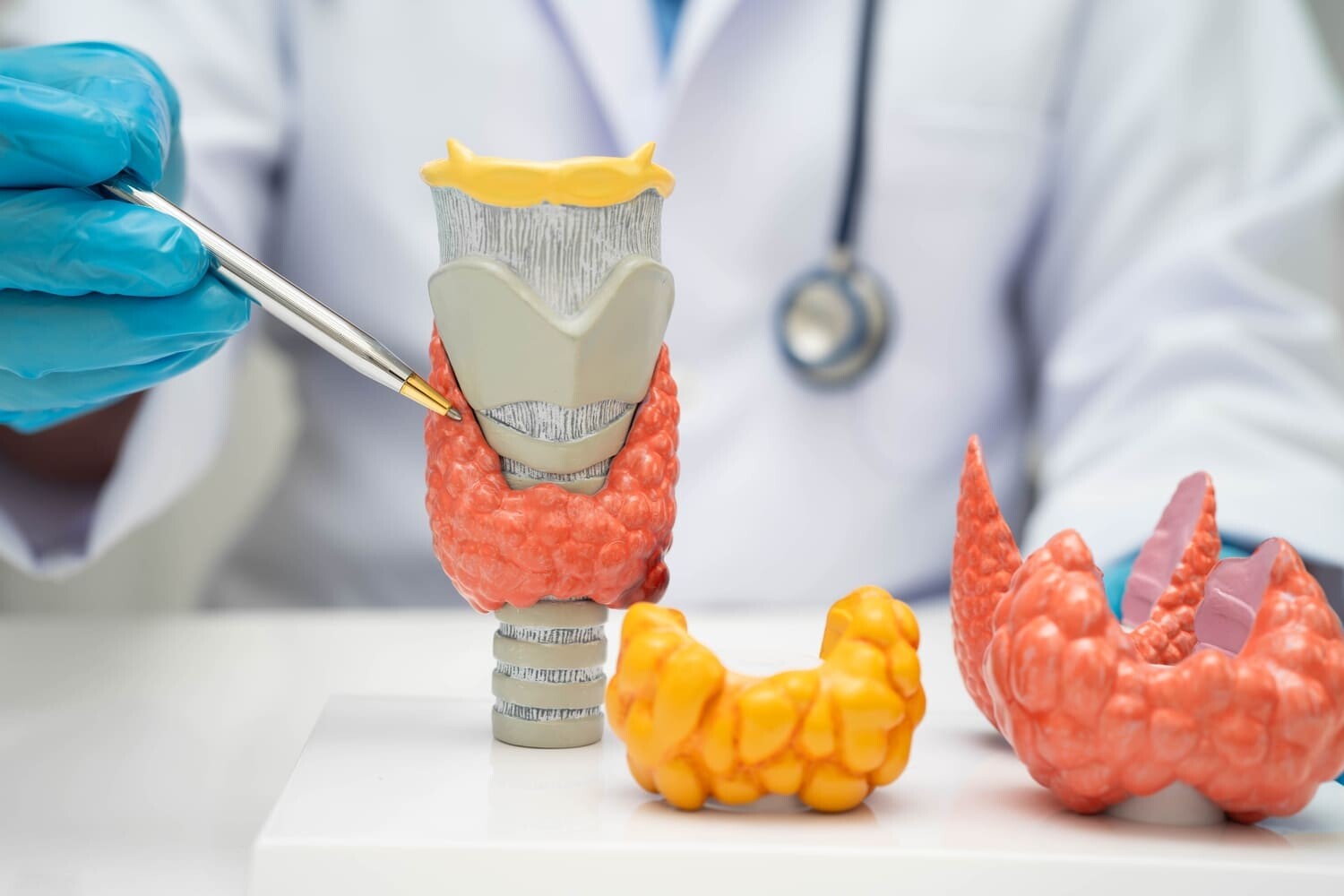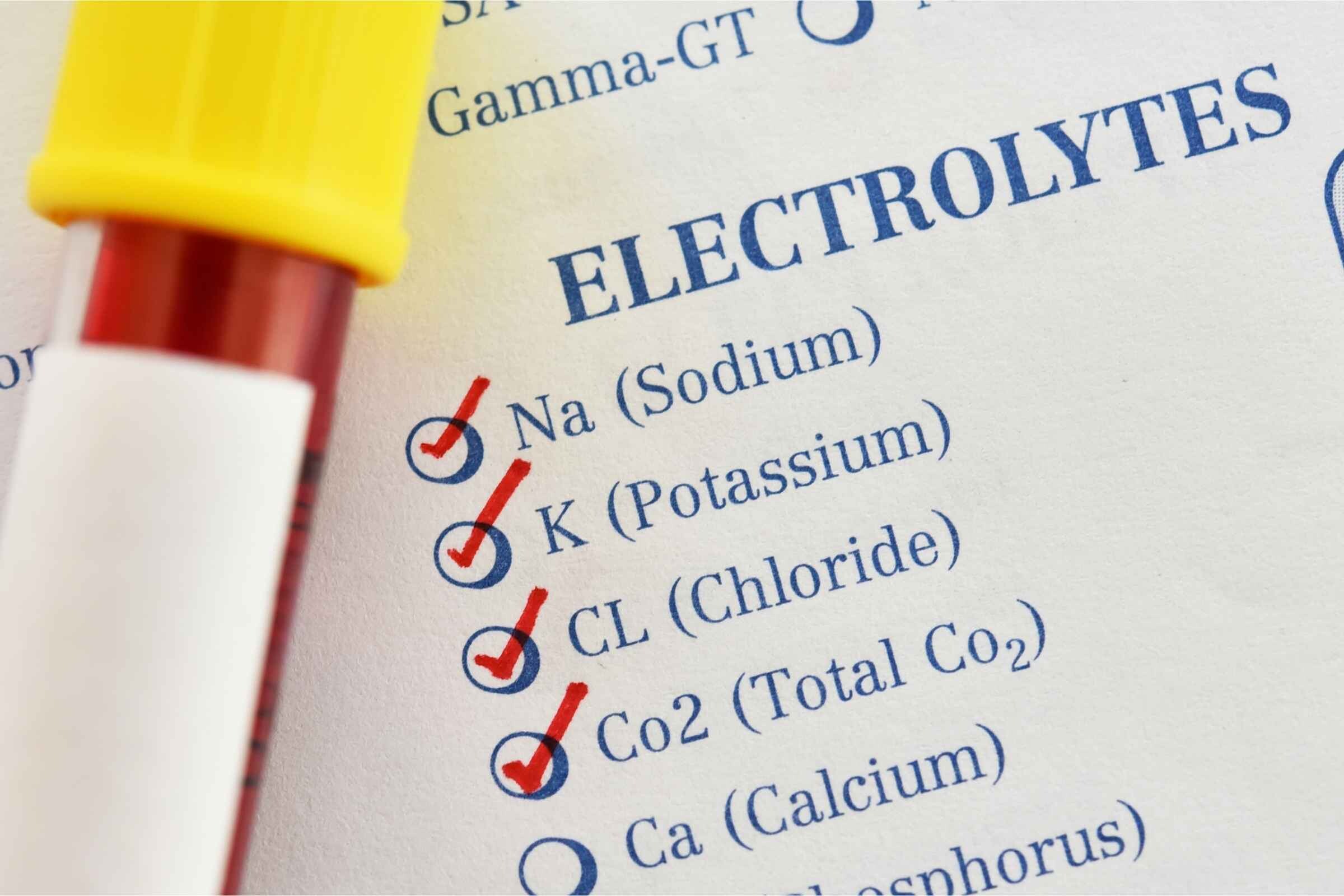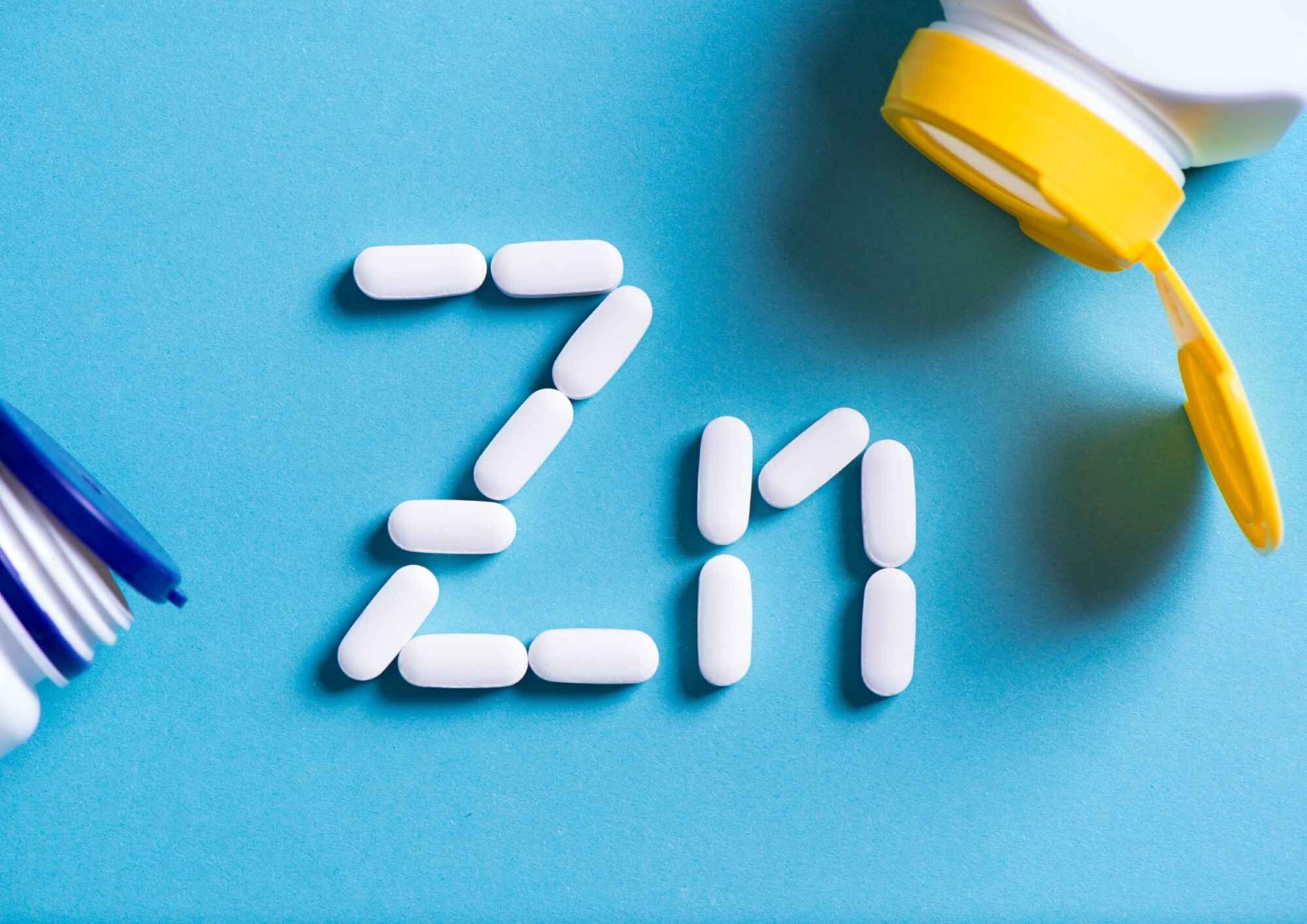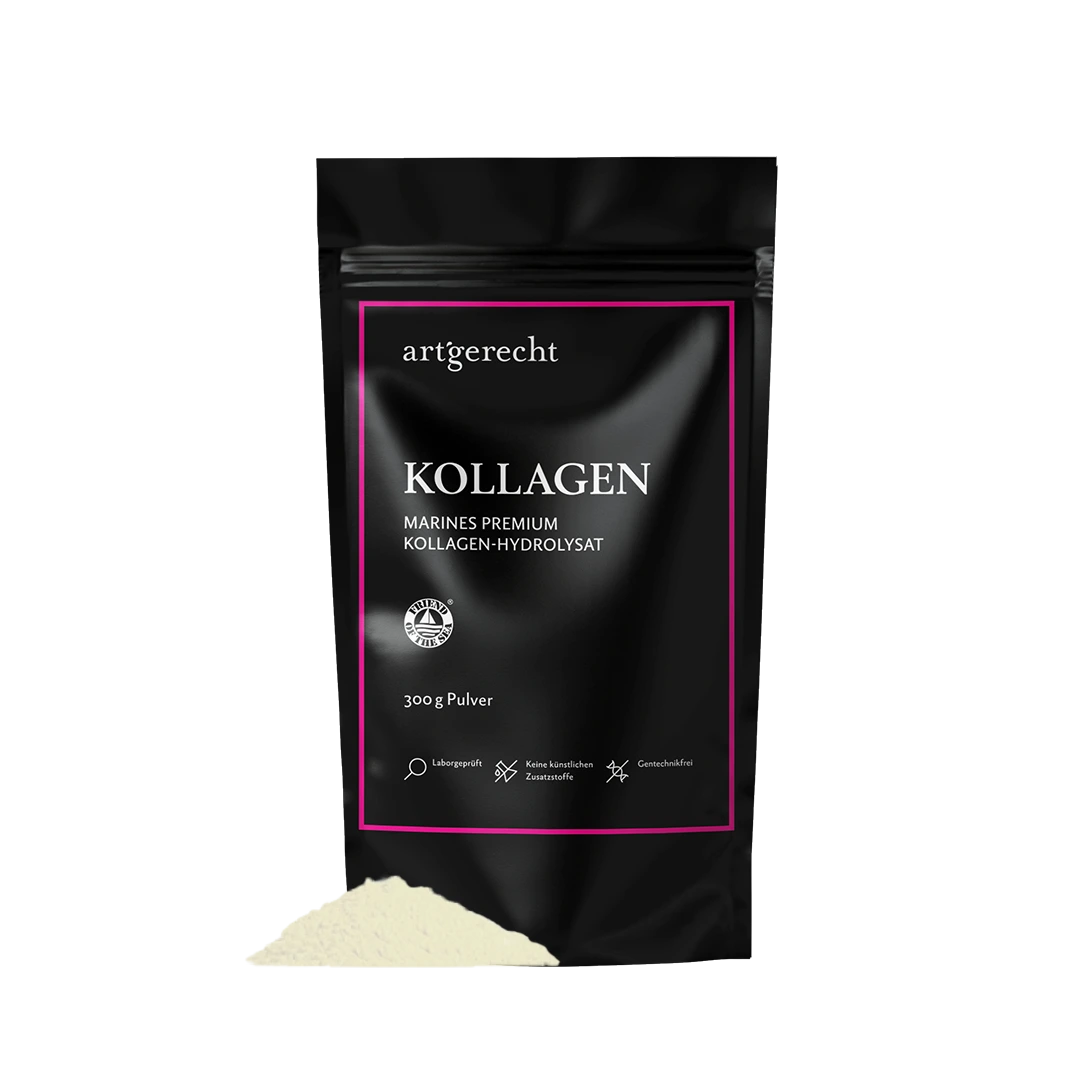Initiated by the World Health Organization (WHO), this day not only commemorates its founding in 1948, but also focuses on an annually changing health topic of global relevance.
But why is this day still so important today – in a world of high-tech medicine, health apps and supplements –?
In times of growing challenges such as obesity, lack of exercise, stress and chronic diseases, World Health Day is gaining new significance. Because although our healthcare system is one of the best in the world, civilization diseases continue to rise. Many people struggle with exhaustion, obesity or an unbalanced lifestyle - often due to a poor diet, lack of exercise or insufficient micronutrient supply. [1]
Obesity – the underestimated widespread disease
Obesity is one of the biggest health challenges today - both worldwide and in Germany.
A study from 2019 „The Heavy Burden of Obesity – The Economics of Prevention“ shows that between 2010 and 2016, the proportion of adults with obesity in OECD countries rose from 21 to 24 percent – an increase of 50 million. [2] According to data from the DEGS1 (Results of the Study on the Health of Adults in Germany), 67.1% of men and 53.0% of women are overweight. [3] Nevertheless, it is often underestimated, both in terms of its complexity and its consequences. What many people do not know: Obesity is a chronic disease that is precisely classified medically and can take various forms.
Fig. 1: Overweight and obesity – comparison between men and women
By definition, obesity is defined as a body mass index (BMI) of 30 kg/m² or more. It usually develops over a period of years due to a combination of genetic predisposition, an unbalanced diet, lack of exercise, hormonal imbalances or chronic stress. But psychological and social factors also play a major role. It is not simply a matter of being overweight, but a complex disease with potentially life-threatening consequences: Type 2 diabetes, high blood pressure, lipid metabolism disorders, joint problems, cardiovascular disease and even certain types of cancer are directly linked to obesity.
| Classification | BMI (kg/m) |
| Underweight | <18.5 |
| Normal weight | 18.5-25 |
| &Overweight | >25 |
| Obesity | >30 |
| Obesity grade 1 | 30-35 |
| Grade 2 obesity | 35-40 |
| Obesity grade 3 | >40 |
[4]
Obesity is not the same as obesity– depending on the extent, cause and distribution of body fat, medicine distinguishes between different forms, which differ both in their health relevance and in the therapeutic approach.
Obesity is divided into three grades based on the body mass index (BMI). Grade I (BMI 30–34.9) already represents an increased health risk and usually requires therapeutic measures. Grade II (BMI 35–39.9) is associated with significantly increased morbidity, so that medication or surgical treatment is often necessary. At grade III (BMI ≥ 40), also known as obesity permagna, there is a high risk of serious concomitant diseases; intensive medical care is urgently required here.
The distribution of body fat plays a central role here. In the so-called android type, also known as the „apple shape“, the fat is mainly deposited in the abdomen – especially as visceral fat between the internal organs. This form is particularly risky, as visceral fat is metabolically active and is strongly associated with diseases such as type 2 diabetes, high blood pressure and cardiovascular problems. The android type is more common in men.
In contrast, there is the gynoid type, also known as the ""pear shape"". Here the fat tends to accumulate on the hips, thighs and buttocks, a distribution pattern that typically occurs in women. This form of obesity is metabolically less risky, but can lead to orthopaedic complaints and is often more difficult to influence.
In addition, experts also differentiate between hypertrophic and hyperplastic obesity. The hypertrophic form typically occurs in adulthood and is characterized by an increase in the size of the existing fat cells. It can be treated well in many cases through lifestyle changes such as diet and exercise. The hyperplastic form, on the other hand, usually develops in childhood or adolescence and is associated with an increase in fat cells. This form is much more resistant to treatment, as the body permanently carries more fat cells, which cannot be easily „broken down“ even with weight loss. [5]
Obesity is not only a medical problem – but also a social challenge. High treatment costs, reduced quality of life and declining performance make it clear how important early prevention is.
Fig. 2: Obesity – Prevalence in different countries
A combination of a conscious diet, regular exercise, targeted micronutrient supply and mental balance can help to prevent or stabilize obesity. High-quality supplements can also provide useful support, for example to optimize metabolism, regulate appetite or stabilize blood sugar levels.
Exercise as medicine – how sport strengthens your health
Exercise is one of the most effective and at the same time easiest ways to actively contribute to your own health. Just 30 minutes of moderate activity a day can reduce the risk of numerous chronic diseases, including cardiovascular disease, type 2 diabetes, high blood pressure, obesity and even depression. At the same time, regular exercise promotes blood circulation, metabolism, lung function and hormonal balance - and also improves your mood and energy levels, but it doesn't have to be a marathon: If you integrate exercise into your everyday life, you can already benefit from small changes. A walk in the morning or after a meal, a short yoga session at home or taking the stairs instead of the elevator are easy to implement and yet effective. Cycling to work, 10 minutes of stretching in the evening or a round of dancing in the living room are also beneficial.
For all those who want to train more specifically, strength training, swimming, Pilates or endurance sports such as jogging or Nordic walking are ideal. The best exercise is the one you enjoy doing - because that's the only way to stick with it in the long term.
Exercise is also a real game changer when it comes to mental health. After just a short time, the level of endorphins and serotonin rises – this lifts the mood and reduces stress. At the same time, physical activity has a regulating effect on cortisol levels, the stress hormone, and promotes better sleep. [6]
Why micronutrients are crucial for our health
This year, in the spirit of World Health Day, the focus is particularly on prevention: how can we become active ourselves in order to stay healthy in the long term?
A central, but often underestimated aspect of this is an adequate supply of micronutrients. After all, to stay healthy, efficient and resilient, our body not only needs energy from macronutrients such as carbohydrates or fats, but also vitamins, minerals and trace elements. These so-called micronutrients perform numerous vital tasks: They strengthen the immune system, support cell function, ensure healthy bones, skin, blood formation and much more.
Our requirement is not always the same: it can change over the course of our lives or in special situations - for example during pregnancy, stress, intense physical exertion or in the winter months, when vitamin D becomes scarce due to a lack of sunlight. A deficiency often goes unnoticed for a long time, but can lead to symptoms such as fatigue, susceptibility to infections, concentration problems or low mood - and can have serious long-term consequences.
| Micronutrients | Food sources | |
| Vitamin A | Carrots, pumpkin, melon | |
| Vitamin D | Mushrooms, milk, yogurt | |
| Vitamin K | Sauerkraut, Brussels sprouts, wholemeal bread | |
| Vitamin C | Tomatoes, citrus fruits, orange juice | |
| Thiamin (vitamin B1) | Sunflower seeds | |
| Riboflavin (vitamin B2) | Yoghurt, mushrooms, cottage cheese | |
| Cobalamin (vitamin B12) | cheese, beef |
The fatty vitamins A, D, E (tocopherol) and K play a central role: Vitamin A promotes vision and skin health, vitamin D supports bones and the immune system, vitamin E acts as cell protection and vitamin K is important for blood clotting. [7]
Water-soluble vitamins such as vitamin C strengthen the immune system, while the B vitamins (B1 to B12) are primarily responsible for nerves, energy production, blood formation and cell regeneration. Folic acid in particular is essential during pregnancy and vitamin B12 plays a central role in the formation of red blood cells.
Minerals and trace elements also have multiple functions:
• Calcium is a basic building block for bones and teeth
• Magnesium supports muscles and nerves
• Iron ensures the oxygen supply in the blood
• Zinc strengthens the immune system and is important for skin and wound healing
• Iodine is essential for the thyroid gland
• Selenium has an antioxidant effect and protects the cells
• Fluorine contributes to dental health
Last but not least, omega-3 fatty acids (EPA/DHA) also play an important role for the heart, brain and inflammation regulation - provided they come from high-quality sources. [8]
| Minerals and trace elements | Food sources |
| Calcium | Milk, yoghurt, figs, mineral water |
| Magnesium | Spinach |
| Iron | Meat, fish, peas, oat flakes |
| Zinc | Beef, sunflower seeds |
| Iodine | Table salt, fish, mineral water |
| Fluorine | Apple, green cabbage |
Tips for more physical health in everyday life
Health is not a product of chance – it is the result of many small decisions in everyday life. If you want to feel good in the long term, stay fit and prevent illness, you can benefit from simple but effective routines. Three pillars are particularly important: exercise, nutrition and sleep.
Just 20–30 minutes of moderate exercise per day - such as a walk, bike ride or light training - can noticeably activate circulation, muscles and metabolism. Combined with a balanced, nutritious diet rich in fresh vegetables, healthy fats, wholegrain products and high-quality protein sources, this forms the basis for physical well-being. [6]
Restful sleep is just as important – because this is where the actual regeneration takes place. While we sleep, the body goes through important processes: The immune system is activated, cells repair themselves, the brain processes what we have experienced and our hormone balance is regulated. The stress hormone cortisol and the „sleep hormone“ melatonin in particular interact directly. Anyone who sleeps poorly or too little on a permanent basis risks not only exhaustion, but also an increased susceptibility to infections, weight gain or concentration problems. Fixed sleeping times, evening rituals, a dark, quiet bedroom and avoiding screen time before going to sleep can significantly improve the quality of sleep. [9]
Reducing stress also plays a key role. Constant stress has a negative effect on the entire body: It upsets the hormone balance, weakens the immune system and can even promote inflammation in the long term. Mindfulness exercises, conscious breaks, deep breaths or small time-outs in everyday life help to strengthen your inner balance and live a healthier life in the long term.
Sources:
[1] https://www.weltgesundheitstag.de/cms/index.asp?wgt-who
[2] https://adipositas-gesellschaft.de/ueber-adipositas/praevalenz/
[3] Mensink, G., Schienkiewitz, A., Haftenberger, M., Lampert, T., Ziese, T., & Scheidt-Nave, C. (2013). overweight and obesity in germany.
[4] Lehrke, S., & Laessle, R. (2003). Obesity. Behavioral Medicine, 497-529.
.[5] Wirth, A. (2013). Obesity: Epidemiology. Ätiology. Consequential diseases. Therapy. Springer-Verlag.
[6] Krug, S., Jordan, S., Mensink, G., Müters, S., Finger, J., & Lampert, T. (2013). Physical activity
.[7] Lamprecht, M. (2017). Micronutrients. Compendium of Sports Medicine: Physiology, Internal Medicine and Pediatrics, 345-356.
.[9] Zulley, J., & Hajak, G. (2005). Basic knowledge about sleep. Behavior Therapy, 15(4), 212-218.
Fig. 2: https://adipositas-gesellschaft.de/ueber-adipositas/praevalenz/

